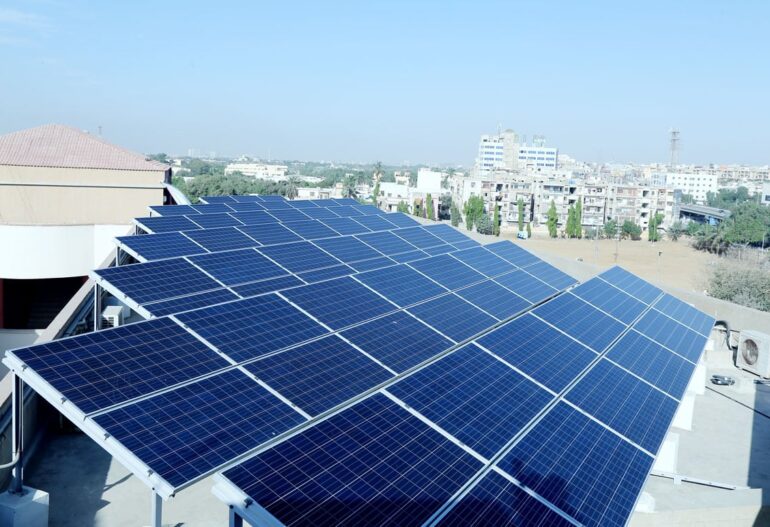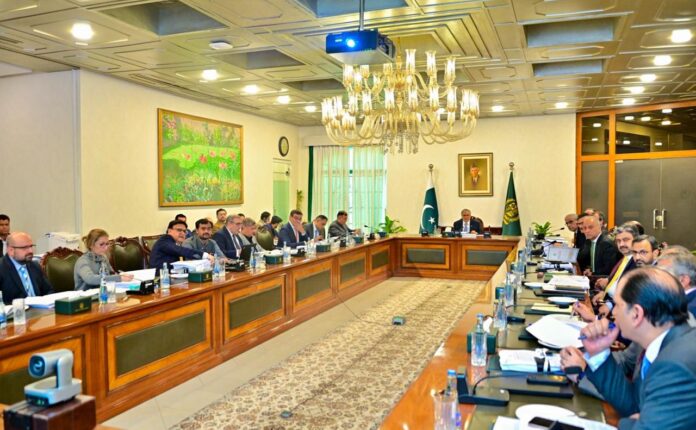Islamabad : A new report, “The Distributed Divide – How Solar Expansion Affects Non-Adopting Consumers and Utility Economics” by Arzachel, reveals that non-solar consumers have borne a staggering burden of PKR 200 billion in FY 2023-24 due to the rapid expansion of solar energy adoption. This transition has caused an estimated tariff increase of PKR 2 per kWh for grid-dependent consumers, underscoring the financial burden and inequities stemming from the insufficiently managed expansion of solar adoption through behind-the-meter systems and net metering. Without immediate regulatory intervention, the financial burden on non-solar consumers is projected to escalate further. For the current fiscal year, a 5% reduction in grid demand driven by solar integration is expected to shift additional PKR 131 billion in costs annually to non-solar consumers, doubling to additional PKR 261 billion if grid demand reduces by 10%, according to the study.
To address these pressing challenges brought by the rapid and underregulated solar adoption, the report calls for immediate regulatory reforms and targeted policies to ensure equitable cost distribution and grid stability. The report recommends transitioning from net metering to net billing or Feed-in Tariff (FiT) systems on lower rates and system marginal costs, introducing fixed grid access fees to reflect actual service costs, and establishing an ancillary services market to enhance grid stability. It also advocates revising the Distribution Code to manage bi-directional power flow and ensure energy equity through fair cost allocation, balancing renewable energy benefits with grid sustainability.
The report highlights that the growing adoption of rooftop and behind-the-meter solar installations has significantly reshaped Pakistan’s energy demand profile. As per the study estimates, an average 10 kW net-metering system enables a consumer to avoid grid costs of PKR 20 per unit, while behind-the-meter installations allow consumers to bypass an average of PKR 7 per unit in fixed costs. While solar adopters benefit from substantial savings, the resulting drop in grid demand has caused energy sales to plummet by 8-10% during daylight hours, shifting the burden of fixed costs of grid maintenance to non-solar consumers.
The research also underscores the technical challenges faced by DISCOs (distribution companies), including voltage instability, reverse power flows, and increased demand for ancillary services such as frequency regulation and reactive power support. These issues require significant infrastructure investment, further exacerbating the financial strain on the energy sector. The report predicts that Pakistan’s grid will soon face the “duck curve” phenomenon, marked by sharply reduced demand during midday—when solar generation peaks—followed by a steep rise in demand in the evening, complicating grid management and operational planning. Without reforms, this dynamic could trigger a “death spiral,” a cycle of rising tariffs, declining grid revenues, and further consumer defection to solar, threatening the long-term sustainability of the energy sector.





